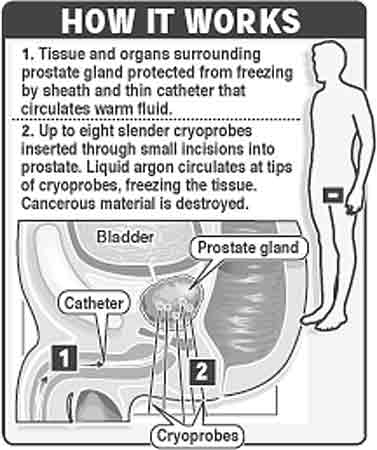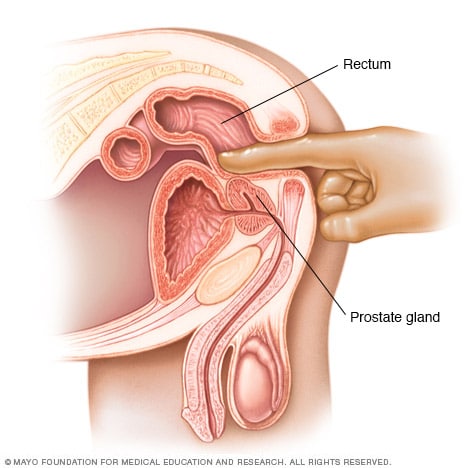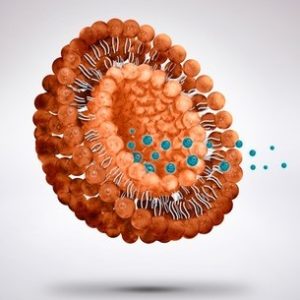
When looking for a prostate cancer treatment, you may be wondering what you should expect. You may be told to undergo surgery, or you may be advised to take radiation therapy. This method is a good choice for early-stage prostate cancer, and you should discuss your treatment options with your doctor to make sure they are suitable for you. Depending on where the cancer has spread, you will either need surgery or radiation treatment. Alternatively, you may choose to take radiation pills instead.
While many men can be cured with surgery or radiation, some patients may experience a biochemical recurrence. The main symptoms of a biochemical recurrence are a rise in PSA level and no visible metastases in scans. If you’ve already had radiation treatment, your doctor will recommend a different treatment, which is often a combination of surgery and chemotherapy. For more information, read on to learn about the various options available to you.
External-beam radiation is another treatment option. This involves inserting radioactive sources into the prostate to destroy the cancer cells. During the treatment, these seeds will give off radiation around the site of insertion. High-dose-rate seeds remain in the prostate permanently, but they can last for as long as a year. Unlike with other treatments, this form of therapy does not involve surgery. It is given through a machine that is placed in the prostate. You will usually be exposed to this treatment for a few minutes a day, 5 days a week, for 8 to nine weeks.
Internal radiation therapy is another option. It works by injecting radioactive sources into the prostate. These sources are called seeds, and they emit radiation in the area where they are inserted. Low dose seeds are permanent and will work for a year or more. High dose seeds are administered for a short period of time and are usually removed after a few days. This treatment may be appropriate for patients with advanced prostate cancer who do not respond to hormone therapy.
Another treatment option for prostate cancer is treatment with high doses of radiation. Apart from surgery and radiation, other options include brachytherapy. In this type of treatment, doctors inject radioactive seeds into the prostate. These seeds emit radiation around the injection site. These seeds remain in the body forever and can work for up to a year. If the radiation source is too high, they may need to be injected more than once.

Radiation therapy is another treatment for prostate cancer. It uses radiation to kill cancer cells in the prostate. It is effective for patients whose disease has not yet spread to other parts of the body. It can also slow the progression of cancer or relieve its symptoms. This is usually an outpatient treatment and is often done over a period of five to eight weeks. Some doctors also use hormone therapy to treat prostate cancer.
For early-stage prostate cancer, doctors may use radiation therapy. This treatment, which uses high-energy beams, kills cancer cells. There are two types of radiation therapy: external beam radiation and brachytherapy. Both of these methods are effective for treating prostate cancer at an early stage. However, they do not cure the disease completely. They can only slow the growth and spread of the disease. In later stages, surgery may be required.
When prostate cancer is found in the first stage, it can be treated locally. If it has spread to other parts of the body, it can be treated remotely. A doctor may also use radiation therapy to control the symptoms of the disease and improve the quality of life of their patients. In the second stage and above, the doctor will use radiation therapy. After that, he or she will have to observe the patient for about two weeks before radiation therapy begins. During this time, the doctor will also prescribe additional medications if necessary. For more information about the symptoms and treatment of prostate cancer, visit codewebdao.com.
If the cancer has spread to remote areas, radiation therapy can help reduce its spread. Different stages of prostate cancer require different treatment options. If the cancer has spread to multiple areas, the doctor may decide to use a combination of treatments. At the first stage, external irradiation will be carried out for several weeks. In the second stage, it will be given to the patient more than once. But if the cancer is already in distant areas, such therapy is not effective.
